History’s biggest military blunders
In the world of military history, not every battle plan goes off without a hitch. Some strategies are doomed from the start, while others unravel due to unforeseen circumstances or human error.
These moments, often marked by miscommunication, overconfidence, or simply bad luck, serve as poignant reminders of the fallibility of even the most meticulous plans. Today, we’re diving into some of the most infamous military blunders throughout history to explore how things can go hilariously or tragically off track.
The Charge of the Light Brigade: A Miscommunication to Remember
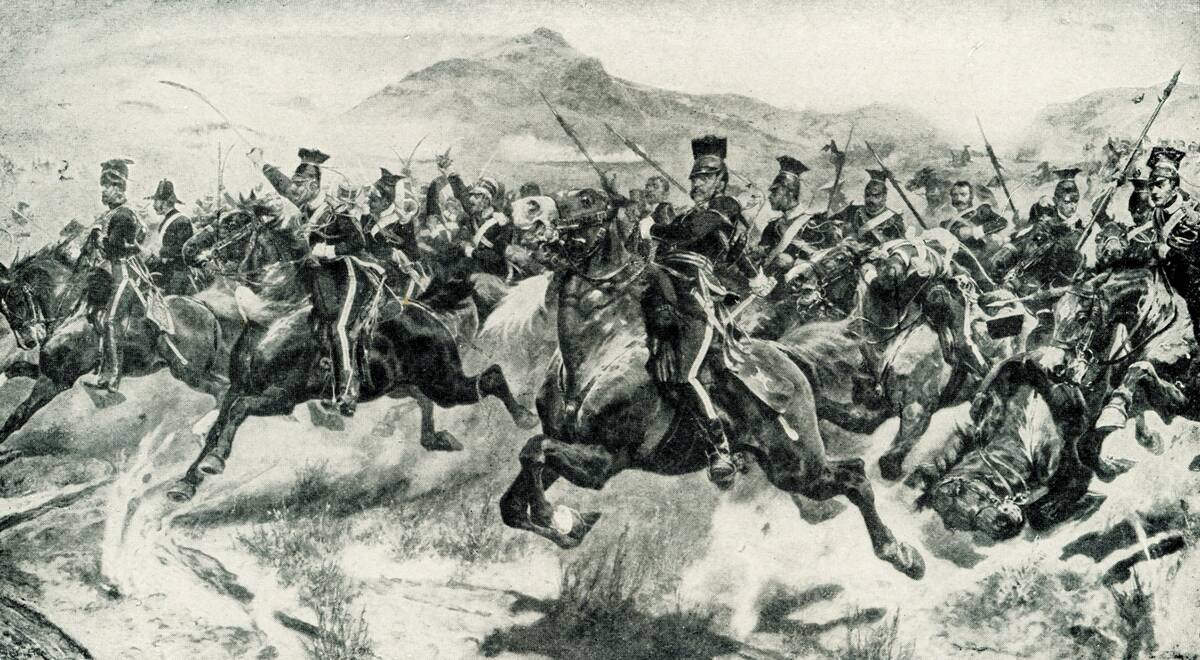
The Charge of the Light Brigade is a classic example of communication gone awry. During the Crimean War, British cavalry was ordered to pursue a retreating Russian unit. However, unclear orders led them into a frontal assault against a strongly fortified Russian artillery position.
The outcome was devastating, with over half of the brigade’s 600 men killed or wounded. Alfred Lord Tennyson immortalized the event in his poem, capturing the bravery and futility of the charge, a stark reminder of the importance of clear communication.
Napoleon’s Invasion of Russia: A Frosty Reception
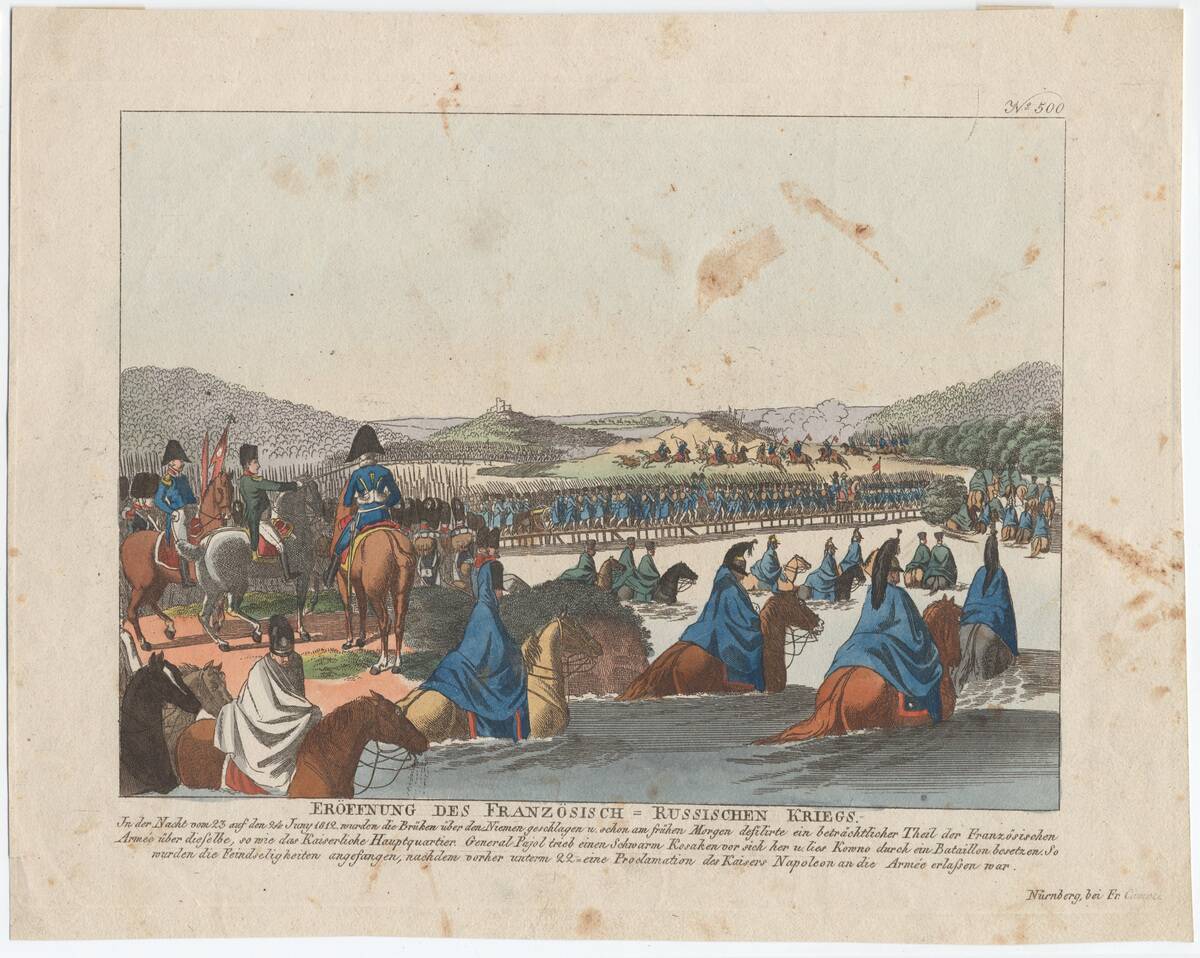
Napoleon Bonaparte’s invasion of Russia in 1812 was a textbook case of overreach. Starting with over 600,000 troops, his Grand Army faced logistical challenges and fierce Russian resistance. The infamous Russian winter played its part as well, decimating the French forces as they retreated.
By the end of the campaign, a maximum of 110,000 soldiers returned. This disastrous endeavor marked the beginning of Napoleon’s decline, illustrating the perils of underestimating an opponent and the elements.
The Battle of Little Bighorn: Custer’s Last Stand

General George Custer’s overconfidence led to a crushing defeat at the Battle of Little Bighorn in 1876. Disregarding intelligence about the size of the opposing force, Custer divided his troops to attack a large Lakota Sioux, Cheyenne, and Arapaho encampment.
Significantly outnumbered, Custer and his men were overwhelmed and killed. This defeat became a symbol of American hubris, as Custer’s underestimation of the Native American forces led to one of the most famous military disasters in U.S. history.
The Gallipoli Campaign: Churchill’s Biggest Embarrassment
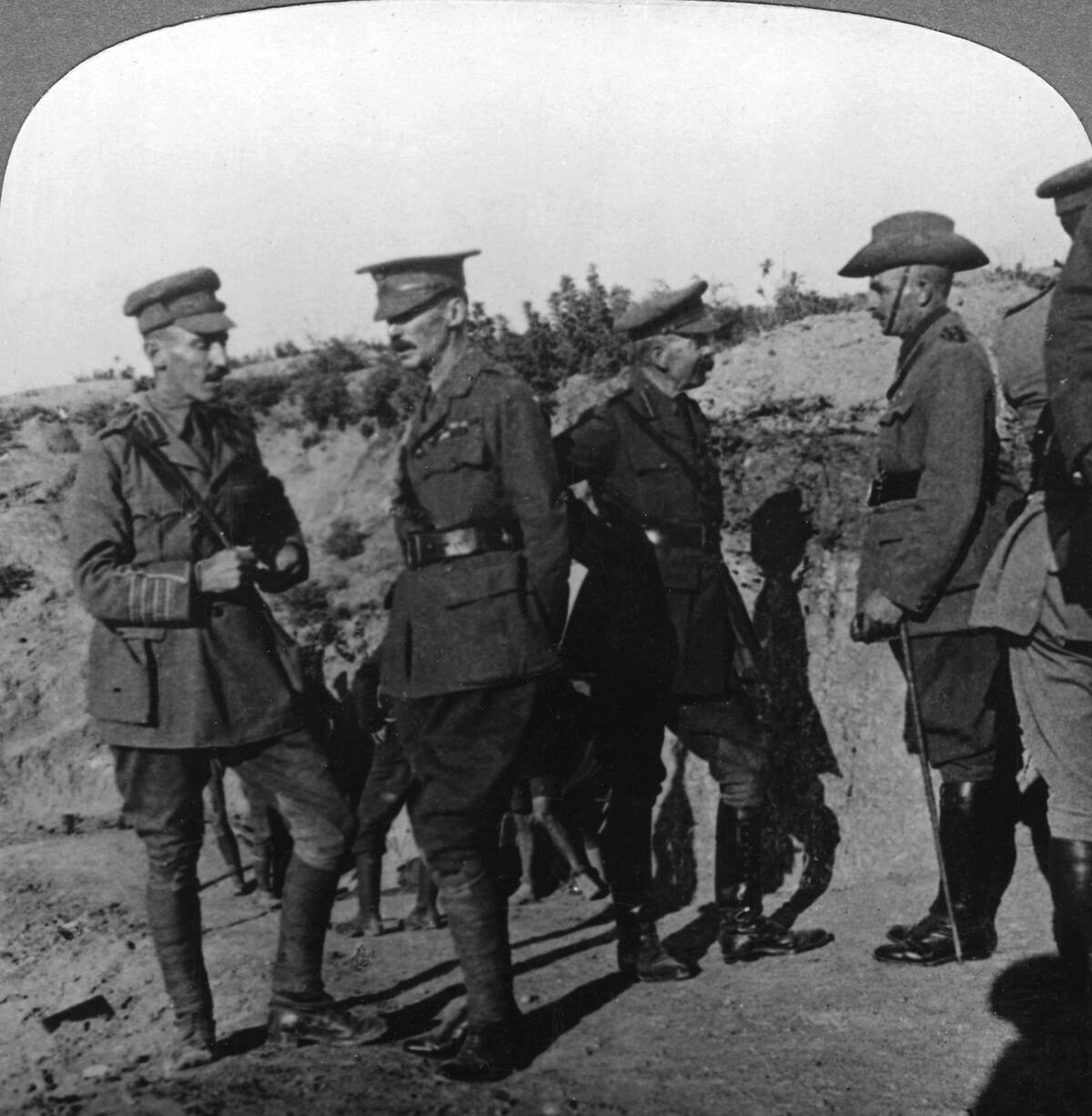
The Gallipoli Campaign of World War I was intended to secure a sea route to Russia and knock the Ottoman Empire out of the war. However, poor planning and execution led to a protracted and bloody stalemate on the beaches of the Gallipoli Peninsula.
The Allied forces faced steep cliffs, well-prepared Turkish defenses, and logistical challenges. After eight months, the campaign was abandoned, with heavy casualties on both sides. This failure highlighted the importance of thorough reconnaissance and adaptable plans.
Operation Barbarossa: Hitler’s Ill-Fated Eastern Adventure
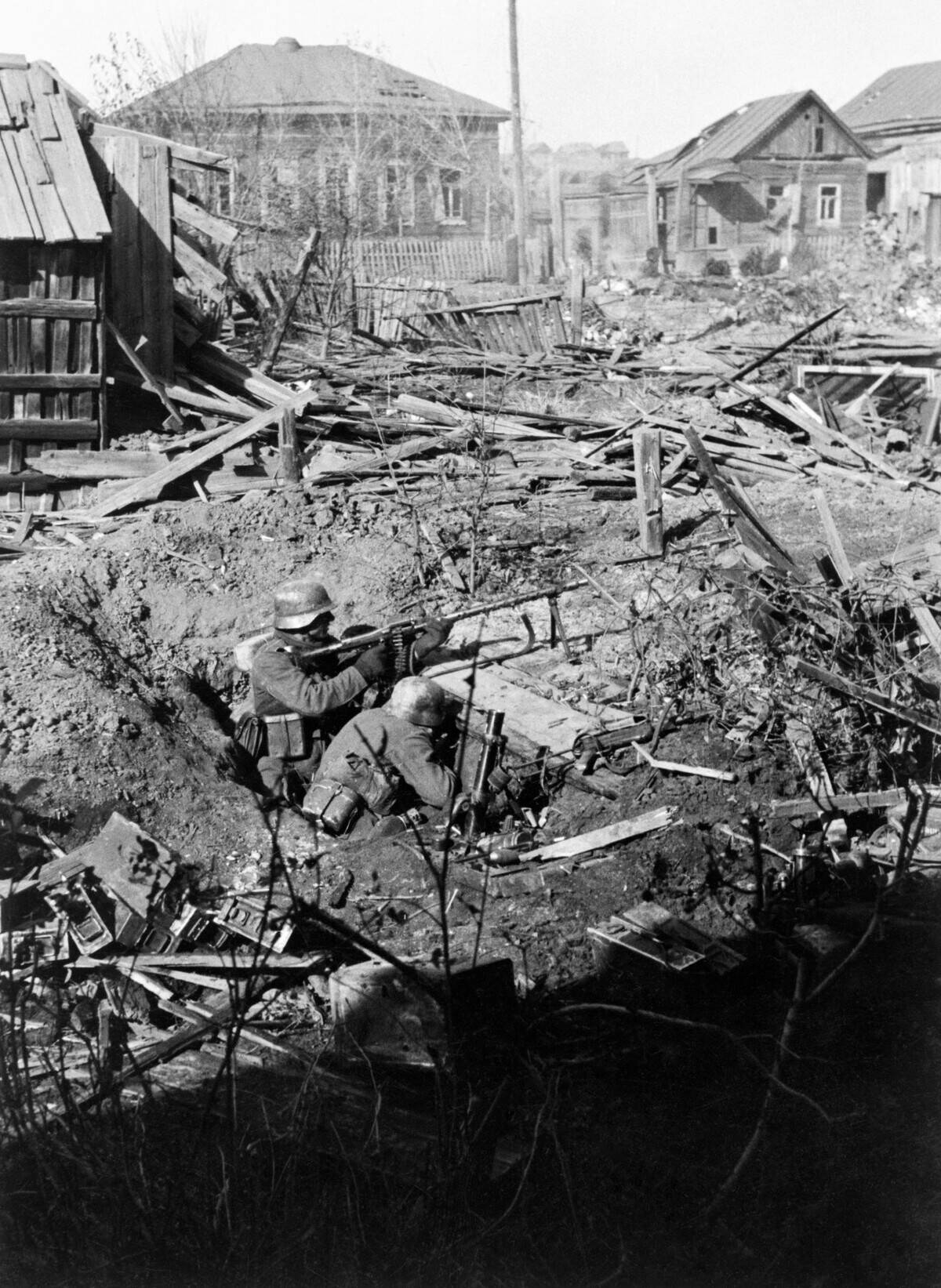
Operation Barbarossa was Nazi Germany’s ambitious plan to conquer the Soviet Union during World War II. Launched in 1941, it initially made significant gains. However, the Germans were unprepared for the vast distances and the harsh Russian winter.
The Soviets’ fierce resistance and strategic counterattacks, including the Battle of Stalingrad, ultimately turned the tide. Barbarossa’s failure marked a significant turning point in the war, showcasing the consequences of underestimating both the enemy and the environment.
The Battle of Dien Bien Phu: Underestimating the Underdog
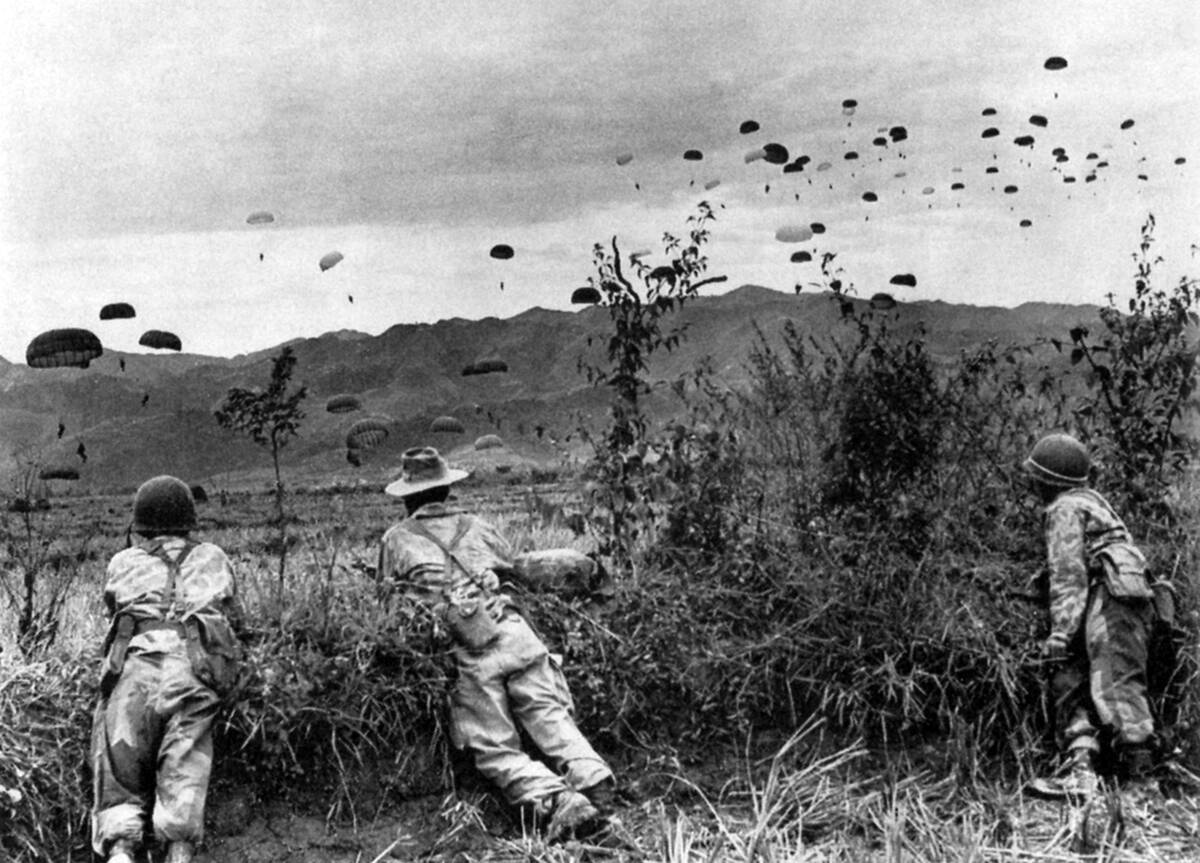
The Battle of Dien Bien Phu in 1954 was a decisive moment in the First Indochina War. French forces fortified a valley in Vietnam, underestimating their Viet Minh opponents. The Viet Minh, led by General Võ Nguyên Giáp, surrounded the French and bombarded them with artillery.
Despite believing their position was impregnable, the French were forced to surrender after a 57-day siege. This defeat effectively ended French colonial rule in Indochina and underscored the dangers of underestimating a resourceful and determined foe.
The Maginot Line: France’s Static Defense Dilemma
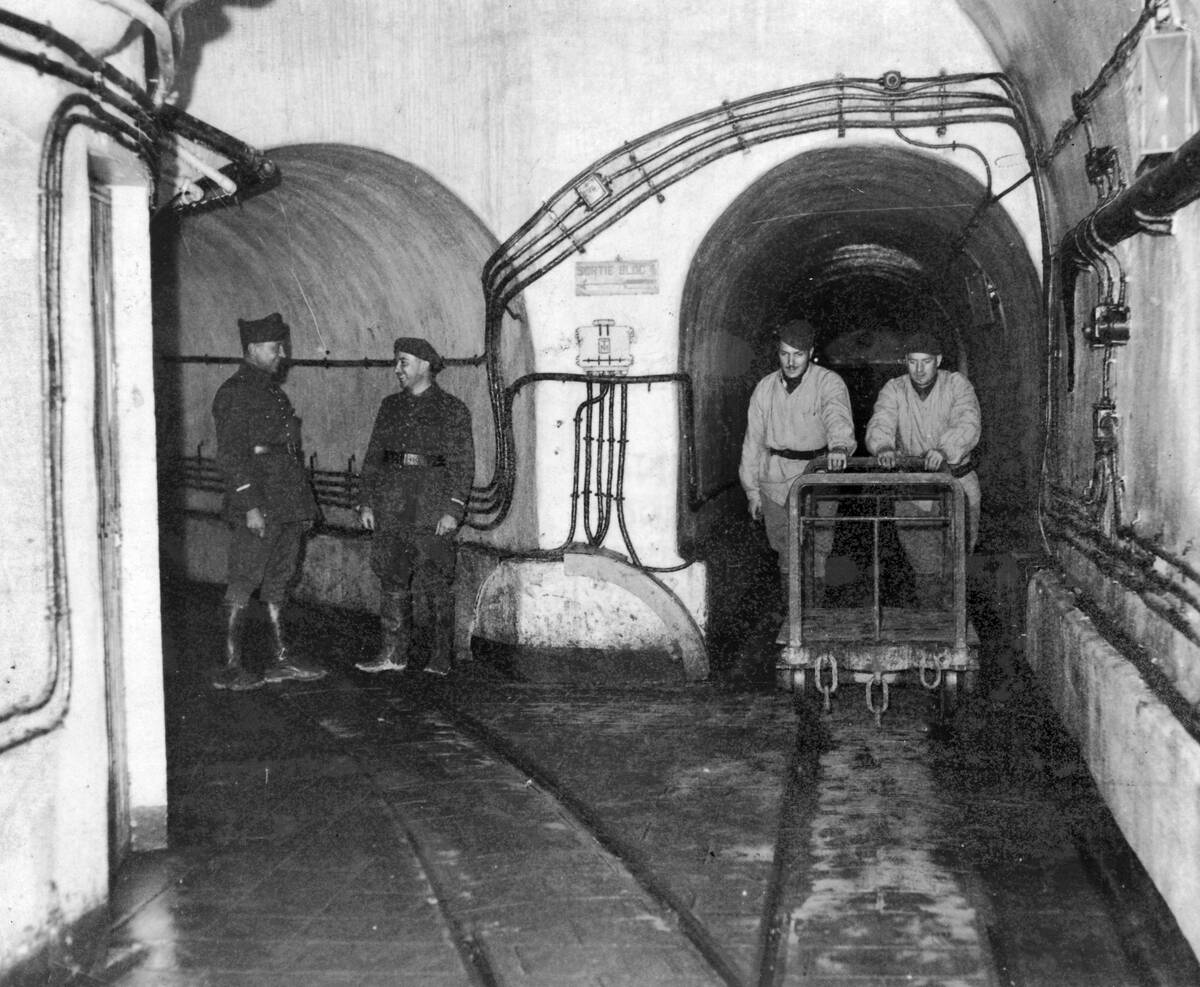
France’s Maginot Line was an impressive series of fortifications built along its border with Germany in the 1930s. Designed to prevent a German invasion, it was a marvel of engineering. However, during World War II, the Germans simply bypassed it via Belgium, rendering it ineffective.
The static nature of the defense line failed to consider Germany’s evolving tactics, particularly the use of blitzkrieg. This oversight highlighted the risks of over-relying on fixed defenses in a rapidly changing battlefield environment.
The Bay of Pigs Invasion: A Cuban Crisis Before the Crisis
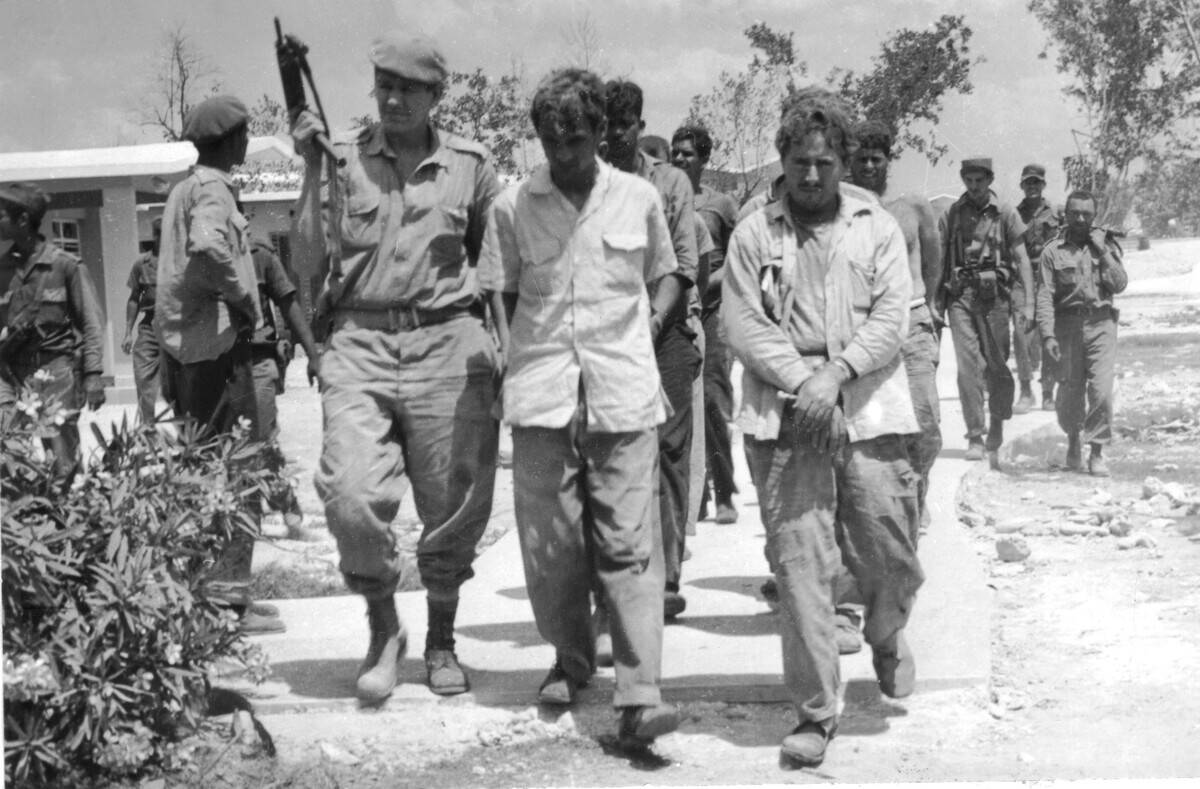
The Bay of Pigs Invasion in 1961 was a failed attempt by the U.S. to overthrow Cuba’s communist leader, Fidel Castro. Poor planning, lack of air support, and strong Cuban resistance led to the operation’s collapse within three days.
The invasion not only embarrassed the U.S. but also strengthened Castro’s regime. It also set the stage for the Cuban Missile Crisis a year later, serving as a stark lesson in the importance of intelligence and strategic planning in international affairs.
The Battle of the Somme: A Costly Lesson in World War I
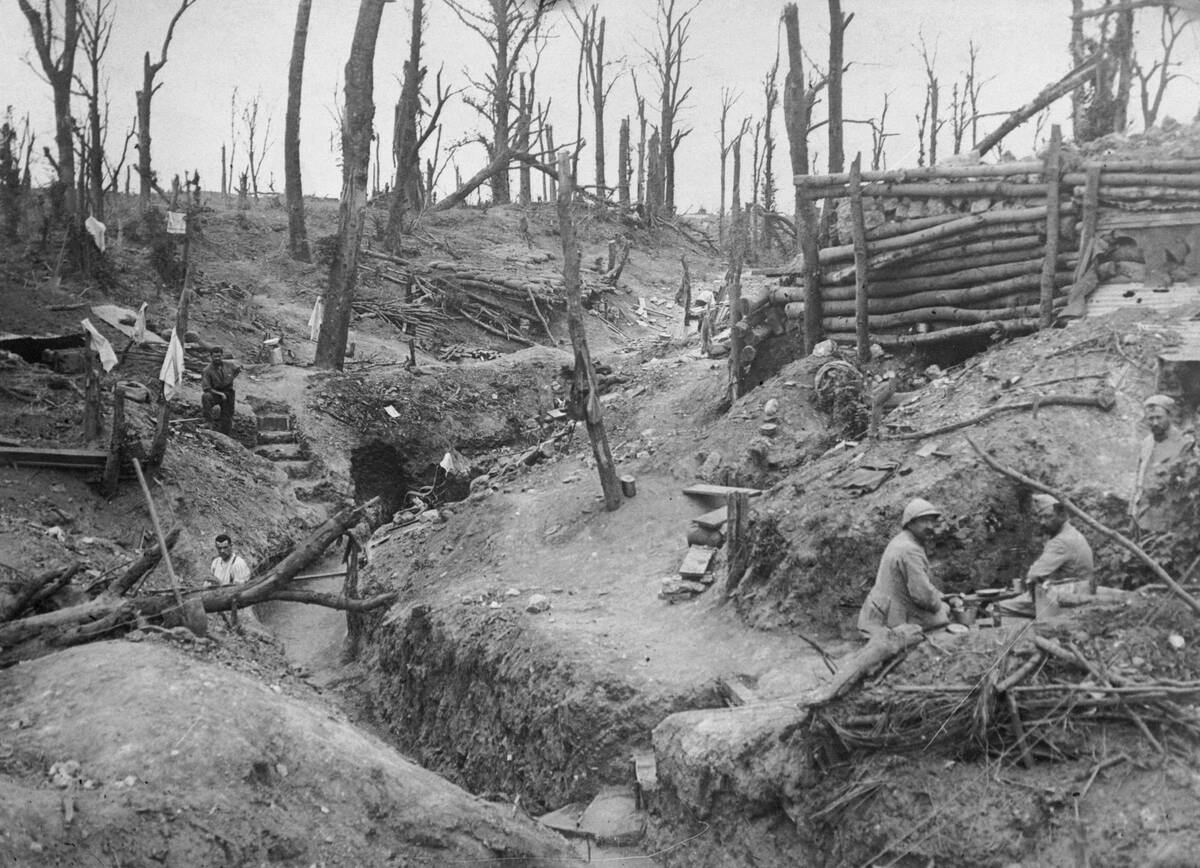
The Battle of the Somme in 1916 was one of the bloodiest battles in World War I, with over a million casualties. Although it was originally intended to bring a decisive victory for the Entente, even the modified goal to relieve pressure on the French forces at Verdun was saddled by a prolonged and deadly stalemate.
The British and French forces faced formidable German defenses and suffered heavy losses on the first day alone, which amounted to the most casualties in British military history at the time. The battle highlighted the deadly circumstances of trench warfare and the need for tactical innovation, leaving a lasting impact on military strategy.
The Battle of Karansebes: The Enemy Within
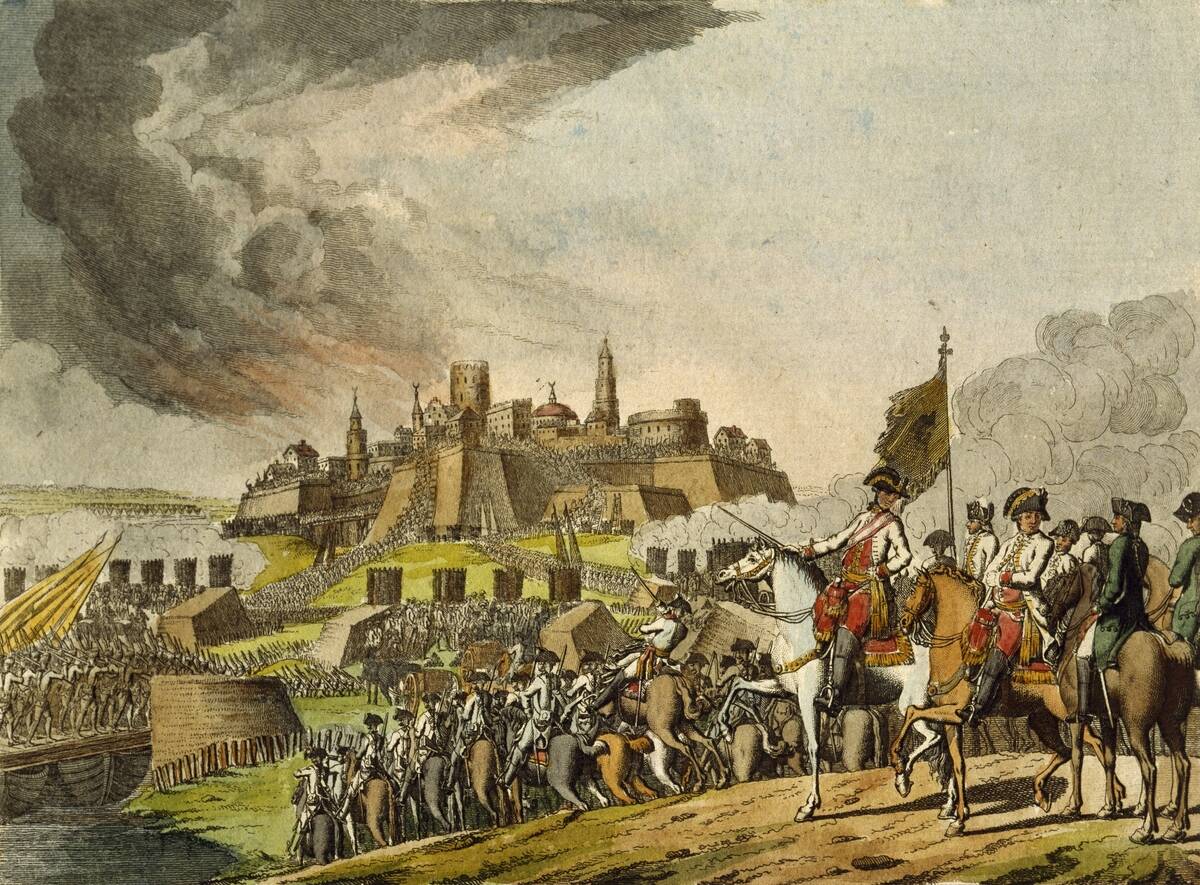
The Battle of Karansebes in 1788 is a bizarre tale of confusion and chaos. Austrian troops, under the impression that they were under attack by Ottoman forces, ended up fighting each other. The mix-up began when a group of Austrian scouts, mistaking fellow soldiers for the enemy, sparked a panic that spread through the ranks. Worse yet, the presence of copious alcohol purchased from civilian travellers deepened the confusion.
The result was a self-inflicted rout, with hundreds of Austrian casualties and no Ottoman involvement. This incident is an embarrassing reminder of the chaos that can ensue from a lack of coordination.
The Fall of Singapore: A Surprising Surrender
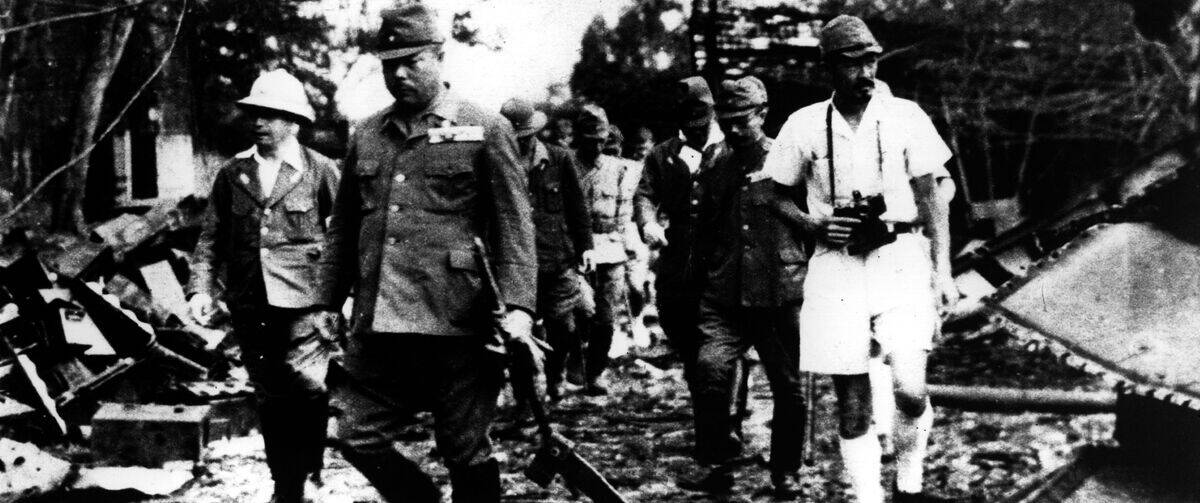
The Fall of Singapore in 1942 was a major defeat for the British during World War II. Despite having a larger force, the British were outmaneuvered by the Japanese, who attacked from the north, bypassing the coastal defenses and going through jungle terrain that British forces mistakenly considered impassible.
The surrender of Singapore, known as the “Gibraltar of the East,” was a shock to the Allied forces and marked a turning point in the Pacific War. This event underscored the importance of flexible defense strategies and the dangers of underestimating an agile opponent.
The Battle of Adrianople: Romans Meet Their Match

The Battle of Adrianople in 378 AD was a catastrophic defeat for the Roman Empire against the Gothic forces. Roman Emperor Valens underestimated the strength and tactics of the Goths, leading his troops into a devastating ambush.
The Roman infantry, unable to maneuver effectively, was overwhelmed, and Valens was killed in the fray. This defeat marked the beginning of the decline of the Western Roman Empire, demonstrating the consequences of underestimating evolving military tactics and diverse adversaries.
Operation Eagle Claw: Desert Disaster in Iran

Operation Eagle Claw in 1980 was a failed U.S. mission to rescue hostages held in Tehran, Iran. Hampered by mechanical failures, a sandstorm, and logistical challenges, the mission ended in disaster with the loss of eight American lives.
This operation’s failure highlighted the complexities of coordinating special operations in hostile environments and led to significant changes in U.S. military training and organization, including the creation of the United States Special Operations Command (USSOCOM).
The Battle of the Teutoburg Forest: Rome’s Forest Fiasco

The Battle of the Teutoburg Forest in 9 AD was a disastrous defeat for the Roman Empire, where three Roman legions were ambushed and annihilated by Germanic tribes. Led by Arminius, a Germanic chieftain who had served in the Roman army, the tribes exploited the dense forest terrain to trap and destroy the Roman forces.
This defeat was a significant factor in halting Roman expansion into Germania and underscored the dangers of unfamiliar terrain and overconfidence in military campaigns.
The Battle of Tsushima: Sailing Into Defeat
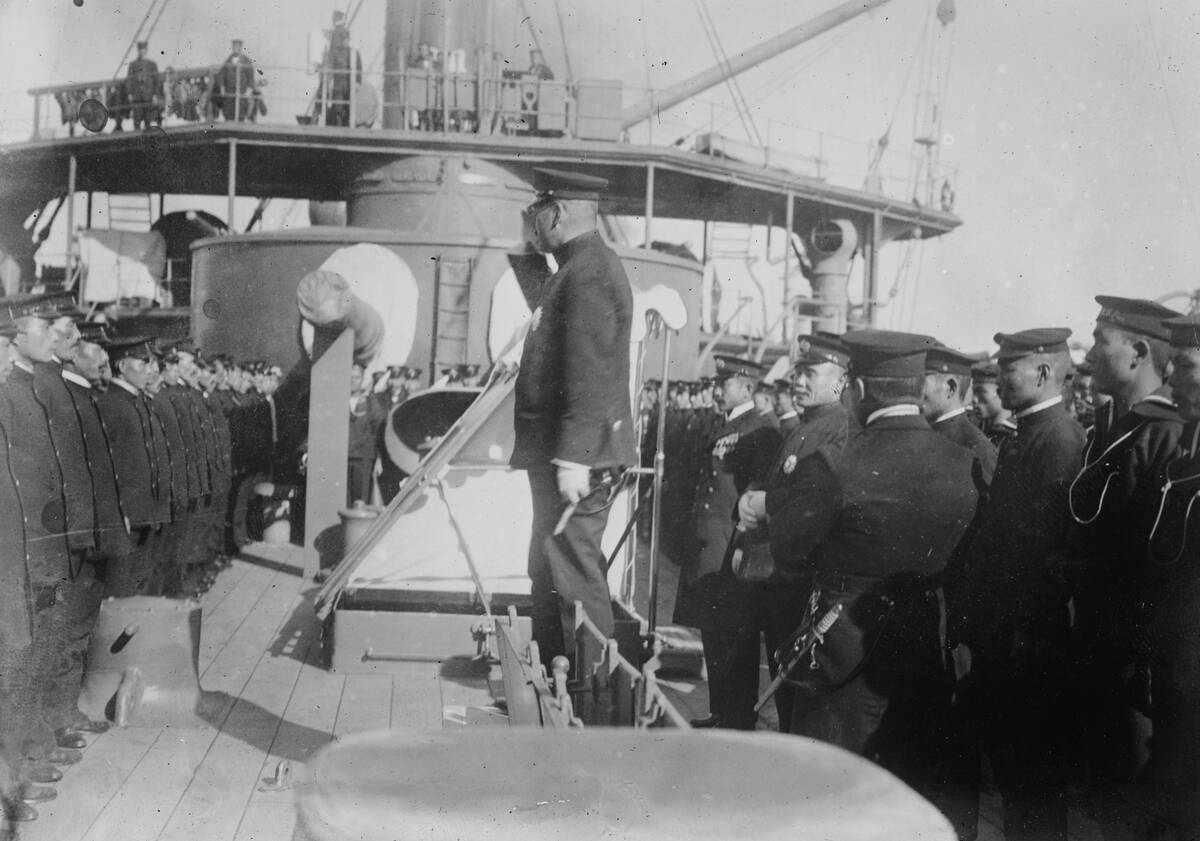
The Battle of Tsushima in 1905 was a pivotal naval battle in the Russo-Japanese War. The Russian Baltic Fleet, after traveling over 18,000 nautical miles, was decisively defeated by the Japanese Navy.
The Japanese, utilizing superior tactics and technology, inflicted heavy losses on the Russian fleet, sinking or capturing most of their ships. This battle marked the first time an Asian power defeated a European power in modern warfare, and it highlighted the importance of naval readiness and innovation.



